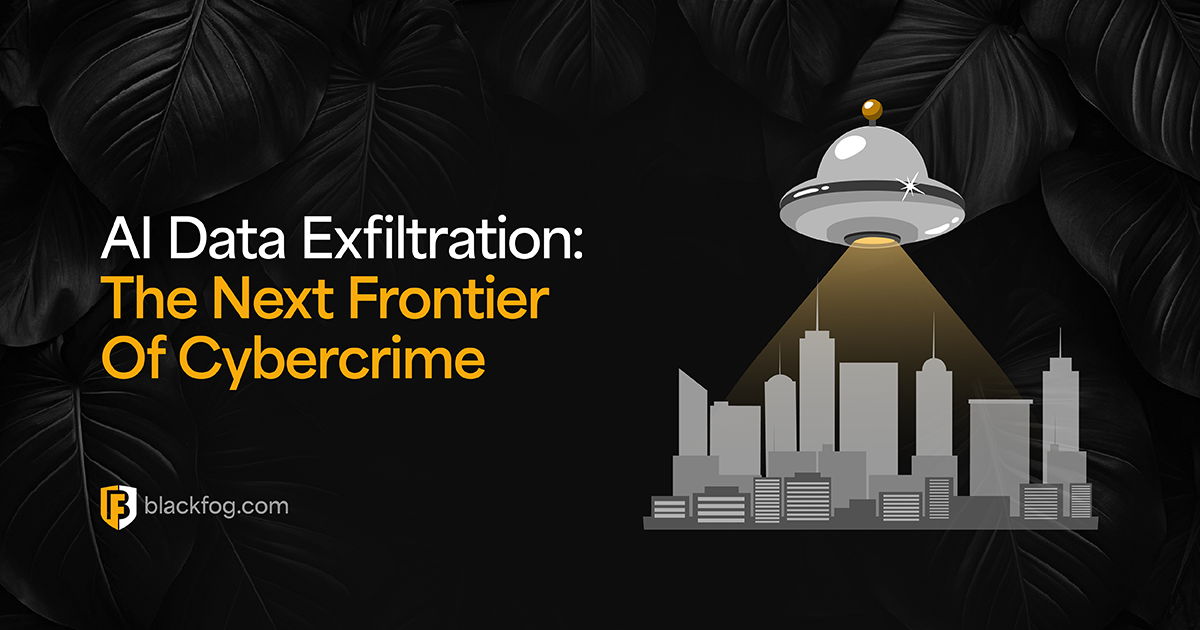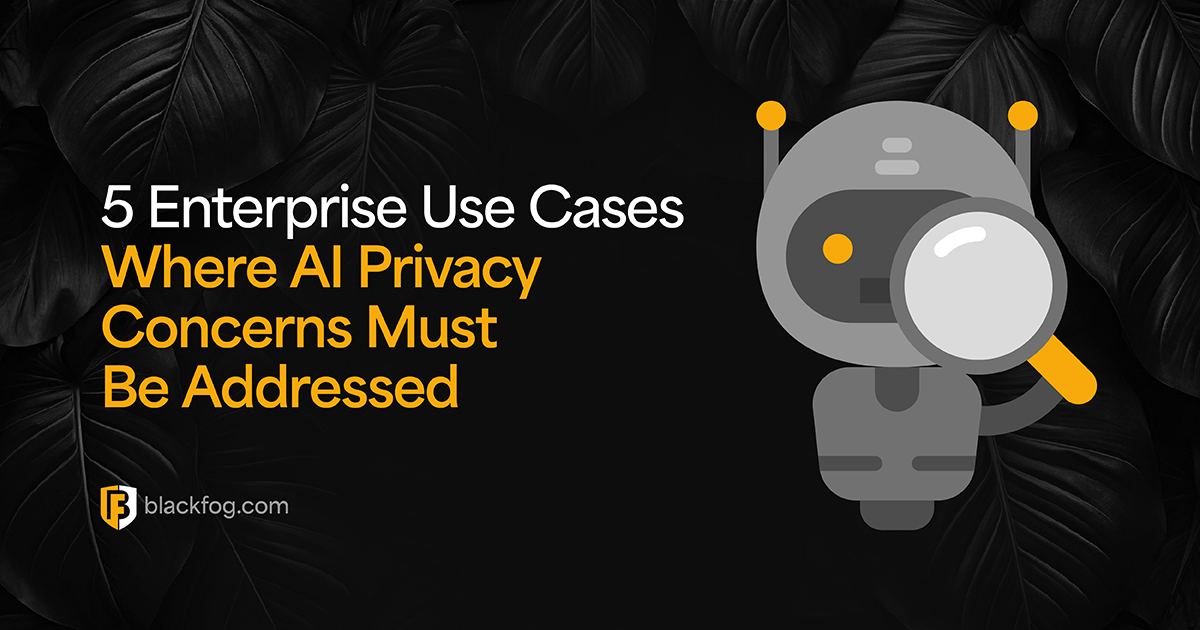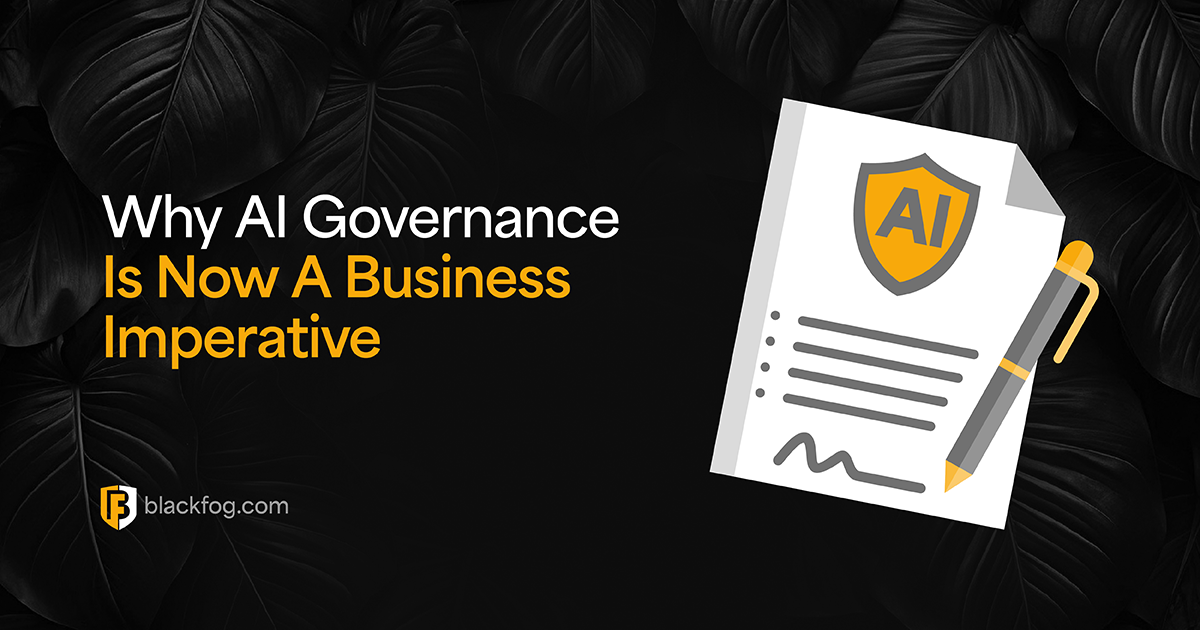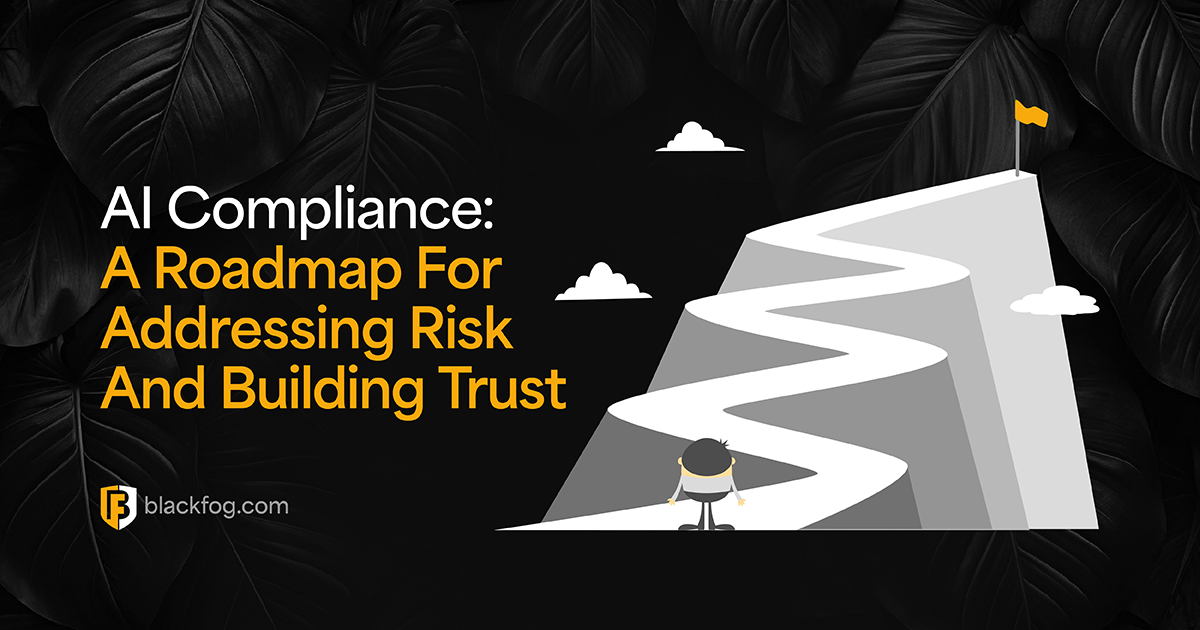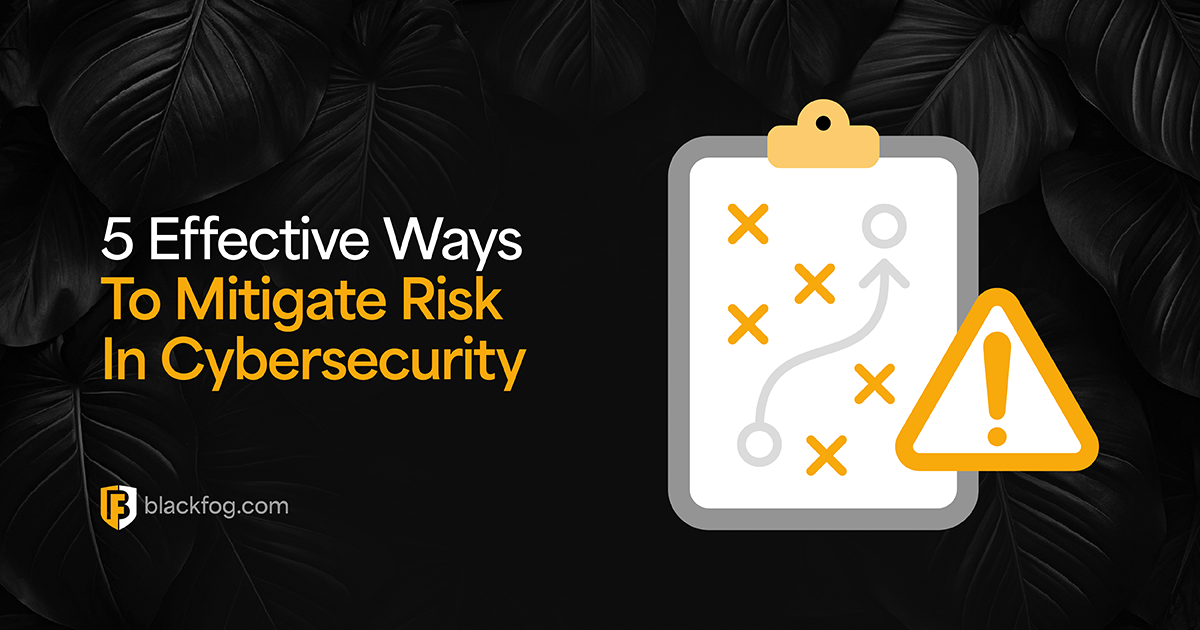
5 Effective Ways To Mitigate Risk In Cybersecurity
The modern cyberthreat landscape is more dangerous than ever. Businesses today face an onslaught of attacks ranging from ransomware and advanced persistent threats to increasingly AI-powered intrusion techniques that are harder to detect and faster to evolve. No sector or business size is immune – threat actors are exploiting gaps in security wherever they find them.
For organizations with limited internal resources, this creates a serious challenge. Addressing these threats effectively requires more than just technology. It needs strategic leadership, clear risk visibility and a coordinated approach. Every firm needs a well-defined strategy to mitigate risk in cybersecurity, backed up by advanced, proactive tools to stay protected.
Which Sectors Are Particularly At Risk?
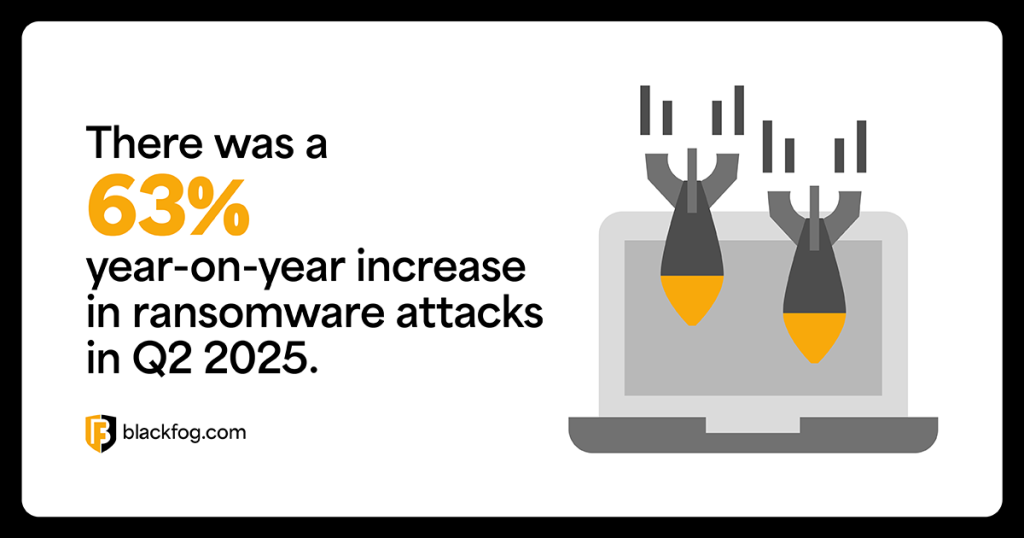
While cybercriminals spread their efforts across all parts of the economy, some sectors are higher on attackers’ target lists than others. This is no coincidence, but reflects the value of the data they hold and how and where they operate.
Government agencies, healthcare organizations, educational institutions and service providers are especially attractive. These all manage large volumes of highly sensitive data such as personal records, research and financial details, while many of them perform critical public functions that cannot afford long disruptions.
As a result, they may be more prone to pressure from tactics like double extortion ransomware. What’s more, many companies in these sectors run on tight budgets and limited cybersecurity staff, making it challenging to deploy robust defense systems.
In the second quarter of 2025, we recorded a 63 percent year-on-year surge in ransomware attacks, with data exfiltration present in 95 percent of cases. In terms of disclosed attacks, healthcare providers were hardest hit, followed by government and services.
These trends make clear: organizations that handle public duties, personal data or critical infrastructure are particularly vulnerable, especially when they lack deep security resources. Understanding this helps guide protection strategies and prioritization.
5 Proven Ways to Mitigate Risk in Cybersecurity
When it comes to cybersecurity, prevention is far more effective than recovery – not to mention less costly. With ransomware and data exfiltration now among the most damaging risks facing organizations, having clear, proactive defenses in place is essential. Here are five essential steps that all firms need to take when developing their cybersecurity roadmap.
1. Implement Real-Time Monitoring And Threat Detection
Many successful attacks go undetected until it’s too late. Real-time monitoring helps identify suspicious activity as it happens, enabling a rapid response before threats escalate. This includes watching for unusual network behavior, unauthorized access attempts or data moving to unknown destinations.
Without this visibility, organizations are left in the dark. Real-time detection systems give teams the chance to intervene before exfiltration, encryption, or damage can occur. Combined with automated alerting and intelligent prioritization, monitoring forms a foundation for timely, effective cybersecurity action.
2. Strengthen Data Governance And Access Controls
Poorly managed data and weak access controls are prime opportunities for attackers. Limiting who can access sensitive information – and in what circumstances – is a critical step in reducing the risk of insider threats and lateral movement during breaches. This includes enforcing the principle of least privilege, applying multi-factor authentication and regularly auditing access rights.
Strong data governance also involves classifying data by sensitivity and applying controls accordingly. These steps make it harder for threat actors to reach valuable assets, even if they gain initial access.
3. Build And Test An Incident Response Plan
Businesses need a clear, well-documented plan that outlines how to respond to different types of cyber incidents. This includes defining roles, communication protocols, recovery timelines and escalation paths. But planning alone isn’t enough, as an untested incident response strategy is no better than having none at all if it is not implemented correctly or doesn’t cover all essential actions.
Regular testing through tabletop exercises or simulations is essential to ensure readiness. By preparing in advance, everyone will know what to do, allowing organizations to respond quickly and effectively when it matters most, minimizing downtime, legal exposure and reputational damage.
4. Ensure Regulatory Compliance And Audit Readiness
Failing to comply with data protection regulations can result in more than fines. It can also result in systemic weaknesses that leave an organization open to attack. Meeting standards like GDPR, HIPAA, or ISO 27001 should be treated as more than a box-ticking exercise to ensure legal obligations are being met. These standards must be regarded as a framework for sound cybersecurity practices.
Compliance helps identify risk areas, enforce policy controls and ensure that the right safeguards are in place. Regular internal audits and gap assessments further strengthen defenses, helping teams stay ahead of both regulatory changes and evolving threats.
5. Embed Cybersecurity Into Business Strategy
Cybersecurity cannot be treated as an afterthought or relegated to the IT department. To be effective, it must be embedded into core business strategy, with executive support, regular reporting, and dedicated resources. This means involving leadership in risk assessments, aligning security goals with business objectives, and allocating budget not just for tools, but for ongoing improvement.
Strategic alignment ensures that security decisions are informed by risk, not just compliance. It also creates a culture of awareness throughout the business, making it harder for threats to take root.
How A vCISO Ties These Strategies Together
Implementing a comprehensive cybersecurity strategy is challenging, especially for smaller or under-resourced organizations. Even with the right tools, many businesses struggle to coordinate risk mitigation efforts, align them with broader goals, or maintain momentum over time. That’s where virtual CISO services can play a critical role.
A vCISO provides the leadership and structure needed to bring these strategies together into a cohesive, business-aligned program. From risk assessments and monitoring to incident response and compliance, these outsourced CISO options offer guidance rooted in experience, but without the cost of a full-time executive. This ensures cybersecurity is not just reactive, but proactive and sustainable.
By tying technical controls to strategic goals, a vCISO helps organizations stay ahead of advanced threat actors. This also creates visibility across systems, allows firms to prioritize risks effectively and embeds security into daily operations. For organizations looking to improve resilience without overstretching internal teams, a vCISO is a powerful, scalable solution for cybersecurity risk mitigation.
Share This Story, Choose Your Platform!
Related Posts
AI Data Exfiltration: The Next Frontier Of Cybercrime
How are cybercriminals using AI data exfiltration to enhance their ransomware attacks and what must businesses do to counter these threats?
5 Enterprise Use Cases Where AI Privacy Concerns Must Be Addressed
AI privacy concerns are rising with AI adoption - five use cases highlight the key issues businesses must consider.
What AI Management Really Means For The Enterprise
Ongoing AI management is essential in maintaining compliance in a challenging environment. Here's what businesses need to consider.
AI Security Risks Every Business Must Know About
AI Security Risks are growing as AI embeds in business. What key threats must firms address to stay compliant with data regulations?
Who’s Really In Charge? Why AI Governance Is Now A Business Imperative
Find out why a strong AI governance program will be essential if enterprises are to make the best use of the highly in-demand technology.
AI Compliance: A Roadmap For Addressing Risk And Building Trust
AI compliance is set to be a major focus for businesses in the coming year. Here's what you need to know to make this as easy as possible.

